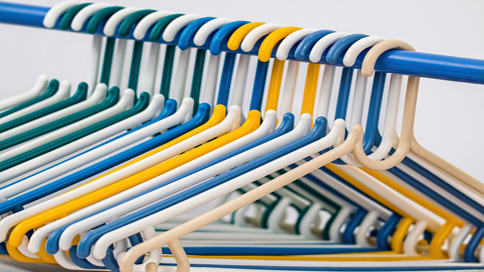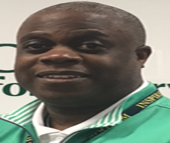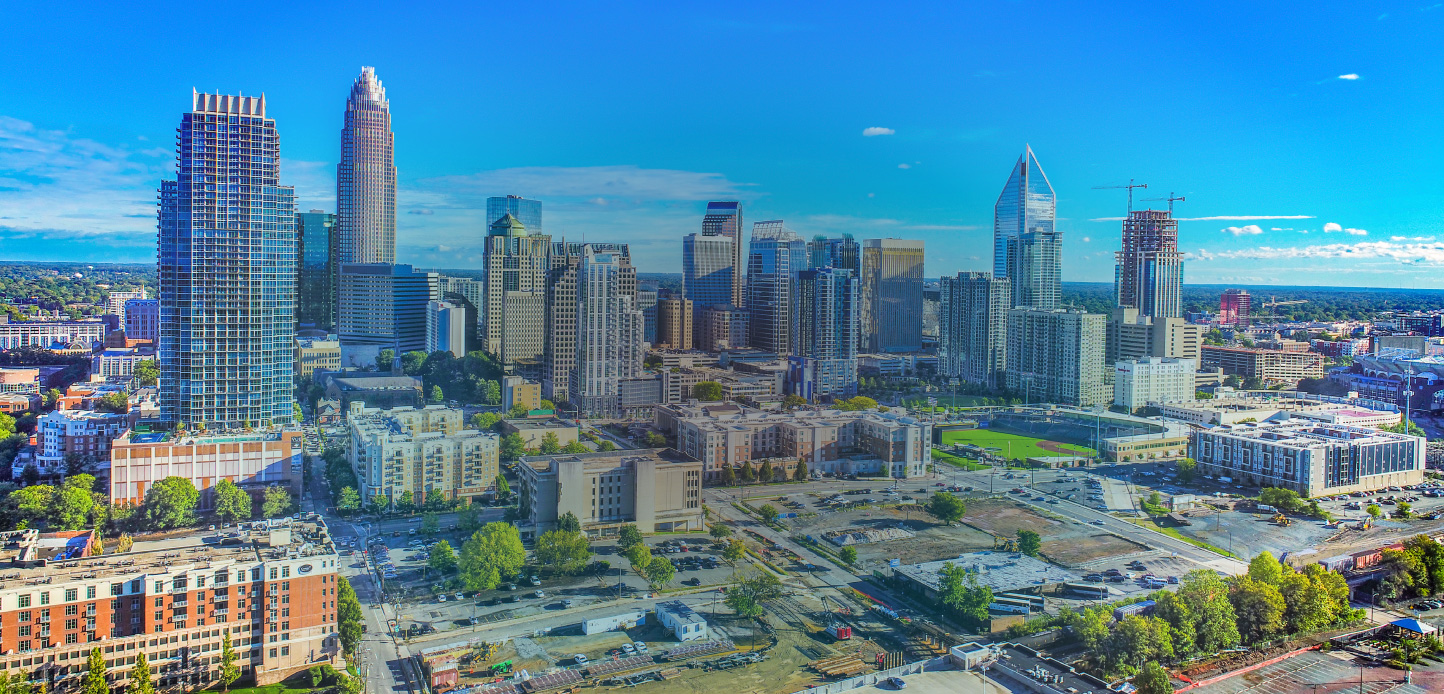
15 Apr How to dress for an interview
As a former labor, wage and compliance coordinator, I often found myself in scenarios that required me to engage job-seekers in discussions on how to dress for interviews.
I sought the advice of Alison Doyle, one of the industry’s most highly regarded career experts. She leads About.com’s About Careers pages, recognized by “Forbes” as one of the Top 100 Websites for Your Career and included on the Job Search Bible’s list of 25 Best Career Websites.
Doyle says the first impression you make on a potential employer is the most important one. The first judgment an interviewer makes will be based on how you look and what you wear. That’s why, in many cases, it is still important to dress professionally for a job interview, regardless of the work environment.
What’s the appropriate dress code for an interview? You’ll want that first impression to be not just a good one, but a great one. In general, the candidate dressed in a suit and tie is going to make a much better impression than the candidate dressed in scruffy jeans and a t-shirt.
Here are some suggestions on what to wear to an interview with both professional and more casual, start-up companies when you want to make the best impression.
Professional men’s attire
- Suit (solid color – navy or dark grey)
- Long-sleeved shirt (white or coordinated with the suit)
- Belt
- Tie
- Dark socks
- Conservative leather shoes
- Little or no jewelry
Professional women’s attire
- Solid color, conservative
- Coordinated blouse
- Moderately heeled shoes
- Tan or light pantyhose
- Limited jewelry
- Neat, professional hairstyle
- Manicured nails
- Light make-up
- Little or no perfume
- Portfolio or briefcase
When the workplace or job is less formal, the dress code may be, too. If you’re not sure what to wear, it’s fine check with the person scheduling the interview. However, it’s still important not to dress like a slacker.
If the dress code is business casual, it’s not appropriate to wear your favorite old t-shirt, ripped jeans, colorful sneakers or flip-flops. Remember the “business” part of business casual and leave your old, comfortable clothes at home.
Casual men’s attire
- Khaki pants, neatly pressed
- Long-sleeved pressed or polo shirt with a collar
- Leather shoes and belt
- Tie (optional)
Casual women’s attire
- Khaki, corduroy, twill or cotton pants or skirts (skirts should not be too short)
- Blouse, sweater, twinset, cardigan, polo/knit shirt (solid colors work better than bright patterns)
- Jacket (optional)
- Tan or light pantyhose
- Closed-toe shoes
(By the way, these same rules apply to teen and young adult job-seekers, too!)
I hope this information will help with your employment search!
 Lance Hinton is coordinator, student transition services, with ResCare Workforce Services’s Inspire Youth program, where he coordinates all transition follow-up support services for program participants. He also serves as a meeting facilitator, motivational speaker, business development advocate and certified anger management professional for school-age children, adolescents and families in crisis. Hinton joined ResCare in 2014. Prior to that, he was a Housing and Urban Development (HUD) Section 3 coordinator at the Statesville Housing Authority in Statesville, N.C. Hinton received his bachelor’s of science degree in business administration with a concentration in management from Elizabeth City State University in Elizabeth City, N.C.. He completed anger management certificate requirements from Old Dominion University’s Darden College of Education in 2006.
Lance Hinton is coordinator, student transition services, with ResCare Workforce Services’s Inspire Youth program, where he coordinates all transition follow-up support services for program participants. He also serves as a meeting facilitator, motivational speaker, business development advocate and certified anger management professional for school-age children, adolescents and families in crisis. Hinton joined ResCare in 2014. Prior to that, he was a Housing and Urban Development (HUD) Section 3 coordinator at the Statesville Housing Authority in Statesville, N.C. Hinton received his bachelor’s of science degree in business administration with a concentration in management from Elizabeth City State University in Elizabeth City, N.C.. He completed anger management certificate requirements from Old Dominion University’s Darden College of Education in 2006.


